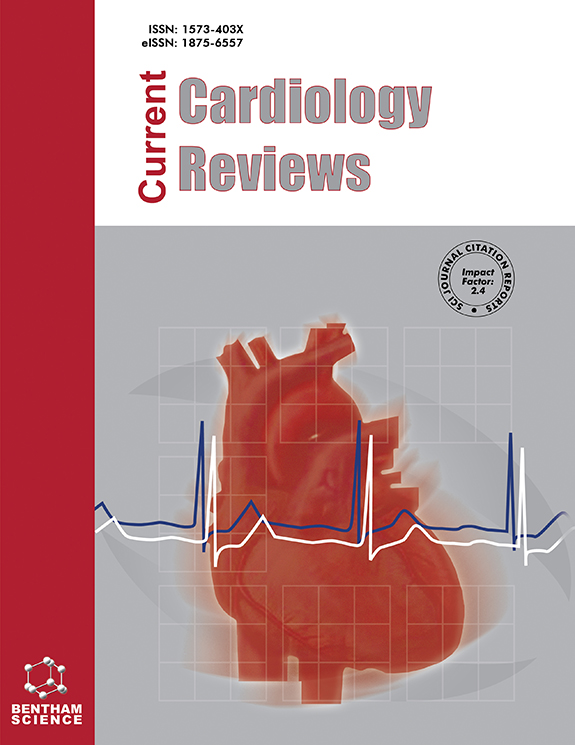Submission Tilte
Diagnosis and Management of Coronary Artery Disease from a Fluid Mechanics and Acoustics Perspective
Submission Abstract:
In coronary artery disease (CAD), the initiation, progression, and regression of atherosclerosis remain insufficiently characterized, limiting the precision of current diagnostic strategies and personalized management. Because molecular and noninvasive imaging studies have yet to establish a definitive mechanism for atherosclerosis, our team has taken a different approach—interpreting the disease through the principles of fluid mechanics (FM) and acoustics. In this framework, the cardiovascular system is conceptualized as a hydraulic network of pumps and pipes, where erosion and material deposition occur preferentially at walls or structures exposed to flow separation, turbulence, and pressure fluctuations. Applying these hydrodynamic principles to coronary arteries enables a mechanistic delineation of regions prone to disturbed flow, integrating flow patterns, shear stress, and vascular pathology into a single analytical construct.
This symposium issue links cardiovascular pathology with hydrodynamic mechanisms. First, it outlines FM- and acoustics-based pathways as potential initiators of intimal injury. Second, it examines fundamental flow phenomena in hydraulic systems, emphasizing how they degrade the integrity of pumps, pipes, and fluid channels, producing structural damage and flow obstruction. Third, it applies FM and acoustic principles to coronary arteries to clarify how endothelial disruption may drive plaque initiation, progression, regression, and rupture.
Our objectives are twofold: (1) to apply FM and acoustic principles as an analytical framework for elucidating the mechanisms that underlie the formation and progression of coronary lesions, as represented on a coronary acoustic map; and (2) to translate these mechanistic insights into the basis for CAD management.




